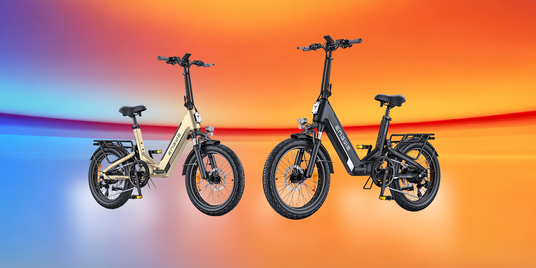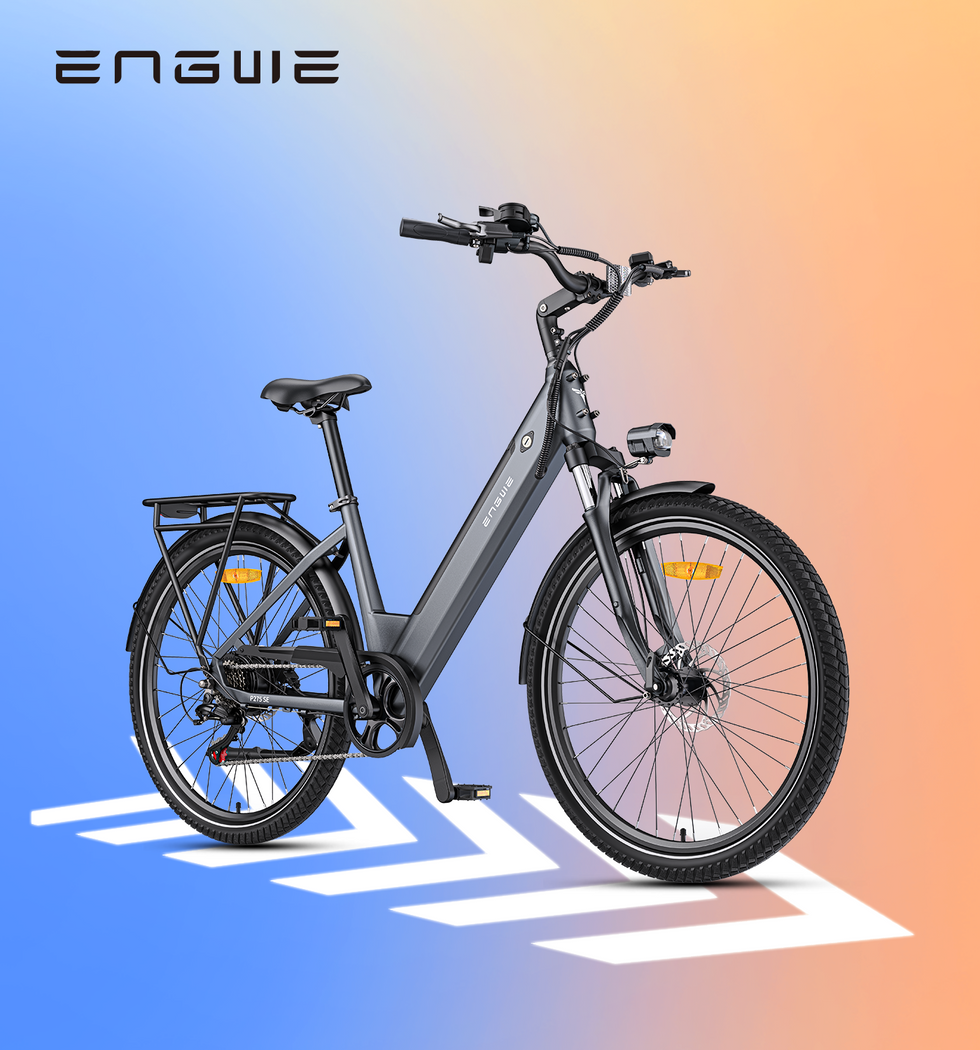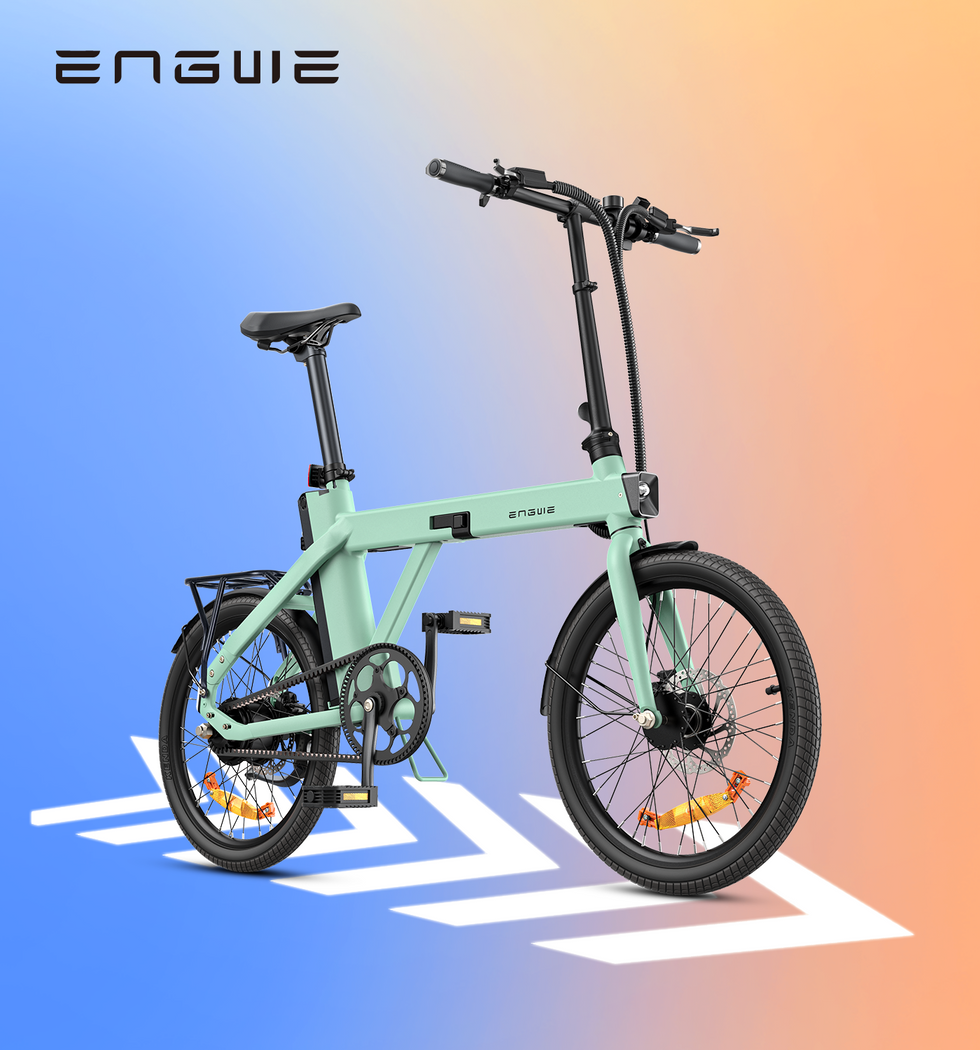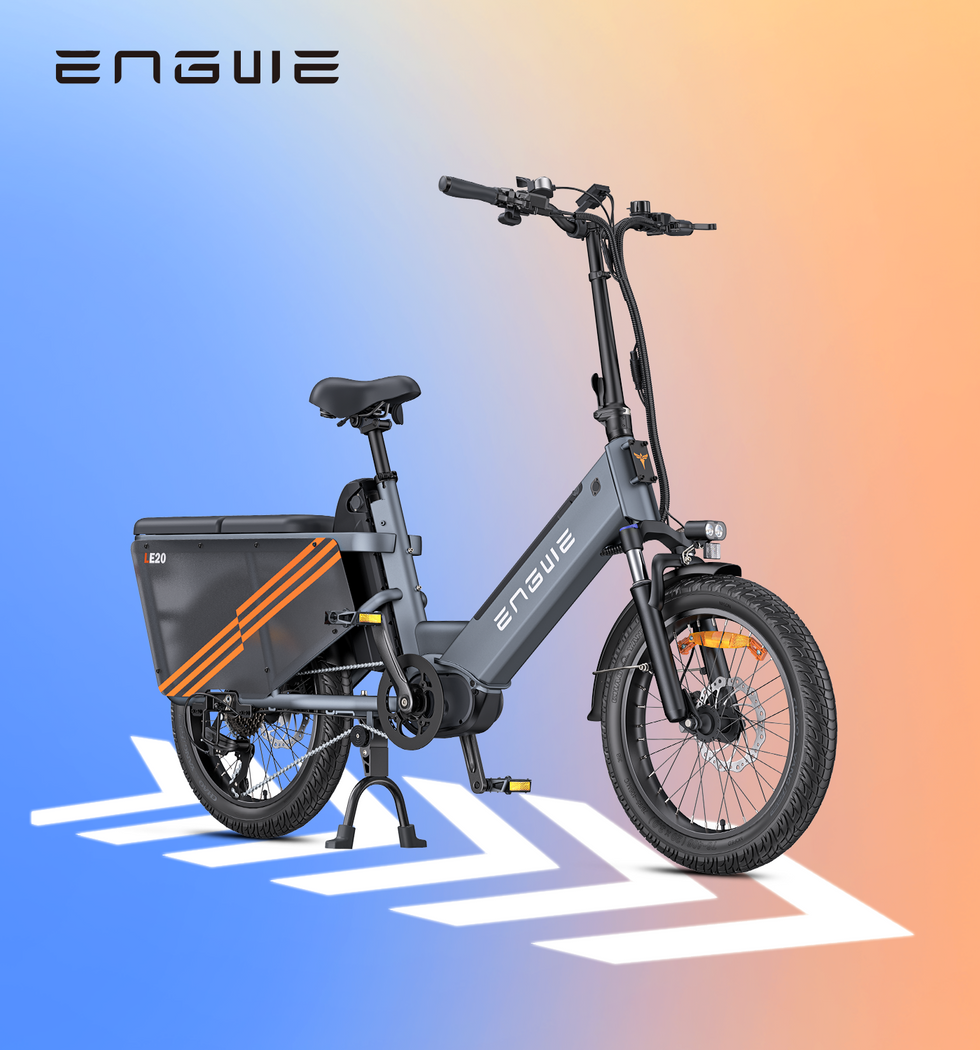The Thrill and the Reality of 50 MPH E-Bikes
The hunt for a 50 mph electric bike for sale is a quest that begins with this clear reality: The difference in performance between the top e-bikes and the rest of the pack is discernible, measurable, and apparent—e-bikes are now beyond prescriptions, and I’m not going to pretend otherwise. You're not in the market for a well-behaved e-bike just to get you from A to B: You want an experience, a rush of adrenaline, and a machine that extends the definition of what an electric bike can be. I’ve plowed this same ground myself, captivated by the prospect of absolutely stratospheric speed and power. But this process is not as simple as browsing a listing and clicking “buy.” It’s about getting a sense of what you are really doing when stepping behind the wheel—the technology, the laws, and the responsibility that come with operating a machine this potent. This is your guide to navigating that world, so the bike you choose isn’t just fast but is also right for you.
What’s the feeling like, to move at 50 mph down a frame that looks almost exactly like a bicycle? The first time I twisted the throttle on a machine this well equipped, the world transformed. It wasn’t pedaling harder; it was being shot out of a cannon. The wind has ceased to be a gentle breeze; it’s now slamming into you as if you’ve just punched through a concrete wall, making your helmet resonate with the roar. Once you’re zipping along at highway speed, your attention is so tightly focused on the road ahead that potholes and debris that are minor annoyances at 20 mph turn into serious, ride-altering threats. Every input you feed in, a slight twist of the bars, a squeeze on the brakes, translates large. This is not a leisurely jaunt in the park. You have to ride it, and you have to ride it like a motorcyclist—engage with it, and be keenly aware of just how powerful the thing is. It's exciting, but it is hard, pushing all buttons of skill and concentration that an average cyclist wouldn't ever reach.
Legality and Responsibility
But before we can get to the hardware side of things, the most important—yet often ignored—factor we need to consider is, well, legality. "Electric bike" has a widely-felt legal definition, varying by locality, but in practical terms, this never means anything capable of reaching 50 mph under its own power. This includes the United States, where electric bikes are usually sorted into three classes that limit top assisted speeds to about 28 mph. Anything that’s capable of 50 mph under its own power is not an e-bike in the eyes of the law; it’s a moped, scooter, or possibly even a motorcycle. This indicates that it will probably need a driver’s license, registration, insurance, and a license plate. It would be illegal and incredibly dangerous to ride it in a bike lane. When you’re looking to buy a vehicle, the first place to start is not with Google but your local Department of Motor Vehicles website. Knowing your local laws is inescapable because it defines where you can ride, what you need in order to ride legally, and, overall, whether the kind of bike on which you’re dreaming is a practical reality for your daily existence.
| Feature | Legal E-Bike (US Classes 1-3) | 50 MPH Vehicle (Motorcycle Class) |
|---|---|---|
| Top Assisted Speed | ~20-28 mph | 50+ mph |
| Legal Classification | Electric Bicycle | Moped / Motorcycle |
| License & Registration | Generally No | Yes, Required |
| Insurance | Generally No | Yes, Required |
| Required Gear | Bicycle Helmet | DOT-Certified Full-Face Helmet, Armored Jacket, etc. |
| Permitted Riding Area | Bike Lanes, Roads | Roads Only (No Bike Lanes) |

The Anatomy of Speed: Hardware and Engineering
To safely manage these forces within an electric bike, the anatomy of a high-performance eBike is fundamentally different from that of your daily commuter. The frame should be designed for stability at speed and is typically constructed using a motorcycle design with gusseted welds and geometry with a bias to avoid wobbles. Suspension is not for comfort or luxury; it is a necessity as a life-and-death safety system. A pared-back full suspension setup, complete with a really nice front-end fork and efficient rear shock, is body armor keeping rubber on the tarmac over gnarly road irregularities. And the brakes, above all else, must have fearsome stopping power. We are only discussing hydraulic disc brakes here, typically fitted with great big 200mm+ rotors and multi-piston calipers to dissipate the huge heat and energy involved in slowing down from high speed. The tires used also have to be rated for such use, with a tough enough compound and tread pattern to offer maximum grip. Cutting corners on any of these items isn't an option; they are the items that save your life when you need them most.
Finding the Right Balance: Performance vs. Practicality
In that quest for the ultimate speed machine, it’s sometimes easy to overlook what makes a ride genuinely special. A 50 mph top speed is impressive, but in the real world of daily riding, other things matter more. What’s it like to pull away from a stoplight? And how does it fare on a hill during your rush-hour ride? How does it feel on rough city streets? This is when seeking pure top speed performance changes to overall ride quality and available power. So, an e-bike with a high-end torque sensor can feel super intuitive and proportional, syncing your pedal effort with the power delivered to the wheels, making for a natural, seamless experience. A bike that gives you a sudden, muscular whip for overtaking or climbing, and then settles down to be plushly damped and in control for the vast majority of the rest of your time on it can run rings around a one-trick pony built purely for an infrequent speed that becomes dull almost immediately. It’s about finding a middle ground somewhere between exhilarating performance and practical, everyday excellence.
A brilliant choice for riders who demand a lot of power but want an elegant, smooth riding experience – the brilliantly crafted ENGWE L20 3.0 Boost embodies smart engineering to perfection. Though it’s built to legally fall within the standards of an e-bike, this thing feels powerful and exciting—in a really good way. That powerful, chunky 250W hub motor really comes to life when you put it in its unique Boost Mode, which gives a full blast of 75Nm of torque onto the road and takes the hard effort out of hill climbs or fast take-offs. What really sets it apart for the savvy rider is a combination of its full-suspension system, which absorbs as much as 90% of road vibration and provides an unprecedented level of comfort, and its new advanced torque sensor that takes the e-bike power to enhance your efforts. The powerhouse 48V 13.5Ah battery has a massive range of up to 135 km, and with an industry-leading in-build fast charger, it takes only about two hours to top up your power levels. With reliable 180mm disc brakes for total stopping confidence as well as a folding frame featuring a locking mechanism for easy storage and transportation, the ENGWE L20 3.0 Boost is the smartest choice there is when it comes to choosing a high-end, powerful, and incredibly comfortable ride experience in the real world.
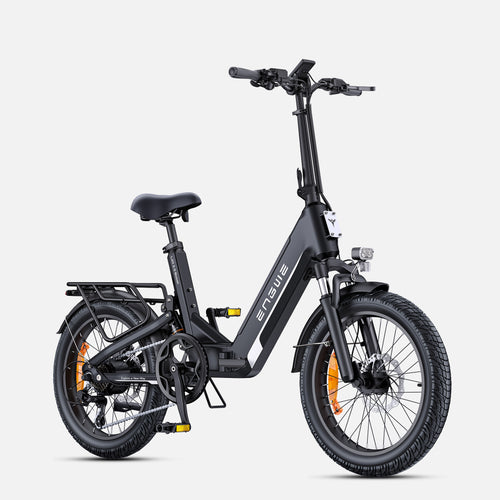
Essential Safety Gear: Dress for the Crash, Not the Ride
And last, but not least: you! For any ride that will reach high speeds, your protective gear should not be a suggestion; it should meet all legal requirements of such equipment. No, a regular old bike helmet won’t cut it. You'll want a DOT or ECE-certified full-face motorcycle helmet for good protection of your head and chin in a high-speed collision. A jacket with armor that’s integrated in the chest, back, and elbows is an absolute necessity for slide protection. Full-finger gloves will save your hands, and sturdy, over-the-ankle boots will protect your feet while giving you support. Let’s look at it this way: you’re getting dressed for the crash, not the ride. Quality gear is the best investment in your safety you can make as a new enthusiast of powerful electric bikes.
Enjoy the power, respect the road and ride your perfect mix.

Frequently Asked Questions
1. What sets an electric bike apart from a moped or motorcycle in the eyes of the law?
As a rule, an electric bike will have pedals that work, the motor is under 750W (as a lot of states have), and it assists your pedaling up to the common speed of between 20-28 mph. Anything faster or more powerful, or without pedals, generally goes into the moped or motorcycle class, which requires registration, a license, and insurance.
2. Do I need a special license to ride an electric bike that can go 50 miles per hour?
Yes, almost certainly. A vehicle capable of 50 mph is a moped or motorcycle by definition, rather than an e-bike, and it will naturally require the driver’s license or motorcycle endorsement that applies in your nation of residence/state.
3. On a high-power bike, what is the real-world difference between a hub and a mid-drive motor?
Hub motors are housed in the front or rear wheel hub and generally provide pure power, which is especially fun for straight-line speed. Mid-drive motors sit next to the bike’s crankset and use the bike’s gears, which can give you more climbing power compared with a hub motor. The riding feel also tends to be balanced and natural, but they can require more maintenance.
4. What's special about the 'Wh' value of the battery?
Watt-hours (Wh) is the actual unit of a battery’s total capacity, kind of like how the size of a gas tank is measured in gallons. The higher the rating, the longer the potential range. For a high-performance bike which is using a lot of electricity at full speed, you would want a big battery with high Wh (like 600Wh+) so that your range isn’t super limited.
5. How high-maintenance is a high-performance electric bike?
It is more maintenance-intensive than a regular bicycle. You need to check the wear of brake pads and the hydraulic fluid level often, watch tire pressure and tire tread, and keep the chain clean in order to grease it. You must also be sure that all bolts are well tightened because of the huge vibrational forces imposed.
